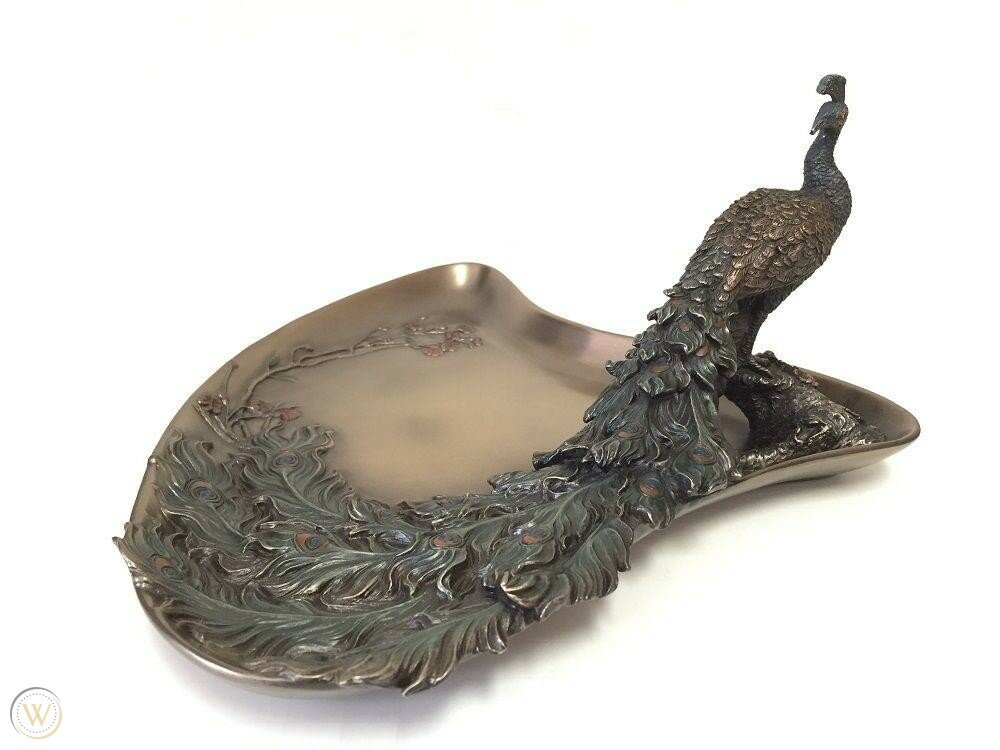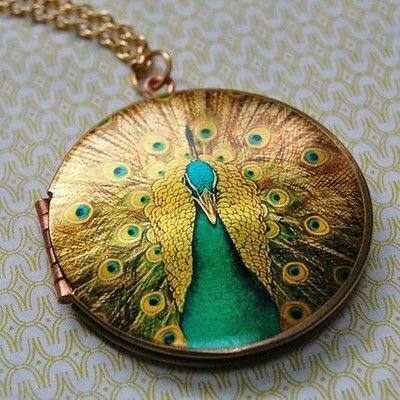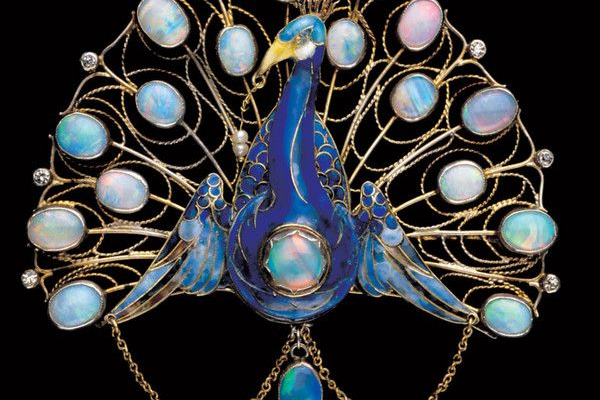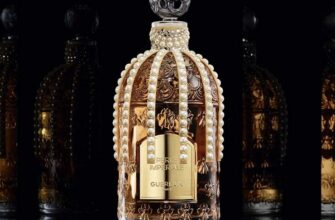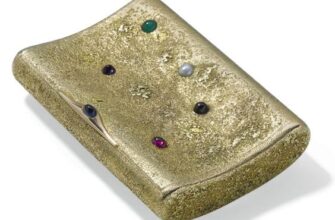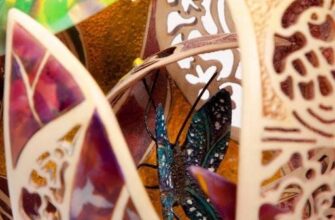The sensational peacock first appeared in Europe about twenty centuries ago, when its sparkling, dazzling image was captured on the brilliant mosaic floors and walls of the Romans and Byzantines.
Brought from their native India, they were the holy birds of the goddess Juno. Fast forward to the 15th century and peacocks were once again seen wearing the feathers of knights in shining armor, and in the 18th century it was not uncommon to find an exotic peacock roaming the lawn of a country house. Although it has made a grand impression at various points in history, it was not until the 19th century that the peacock took center stage as the unofficial mascot of Art Nouveau.
Artists and designers on the hunt for something new, looking for the curved and sinuous lines of nature's flora and fauna, have discovered the most perfect and divine form of all: the universally inspiring and enchanting peacock. From jewelry to fabrics, from painting to architecture, Art Nouveau couldn't get enough of this majestic bird.
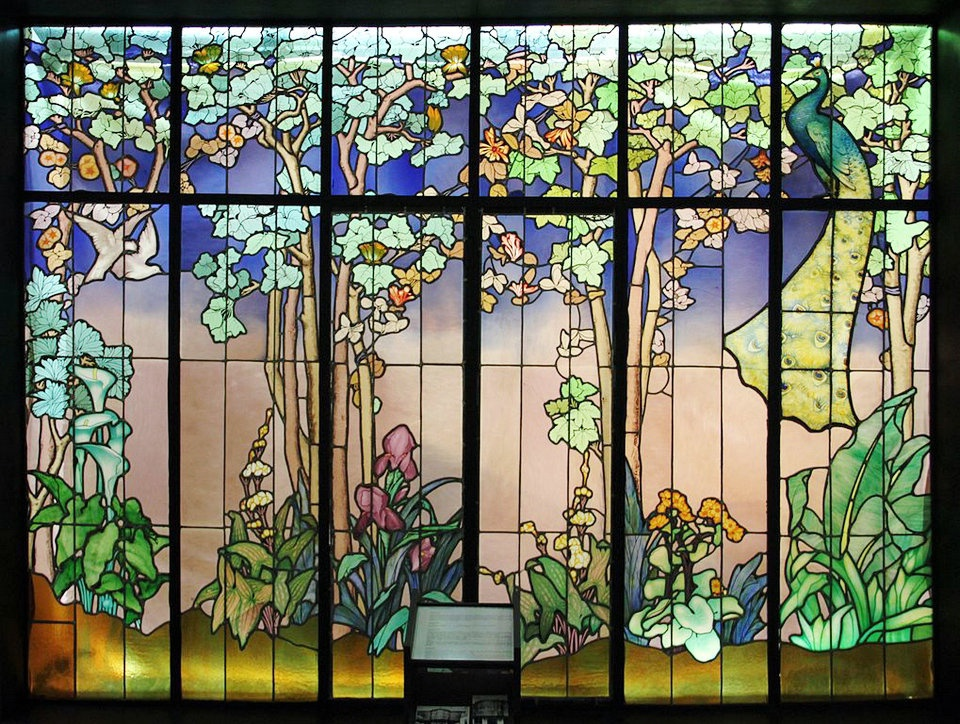
Gallery of jewelry by Rene Lalique:

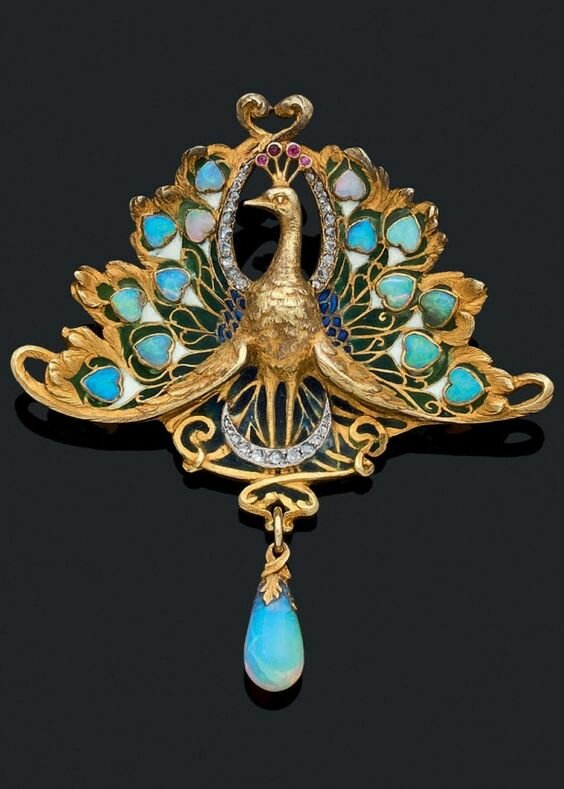
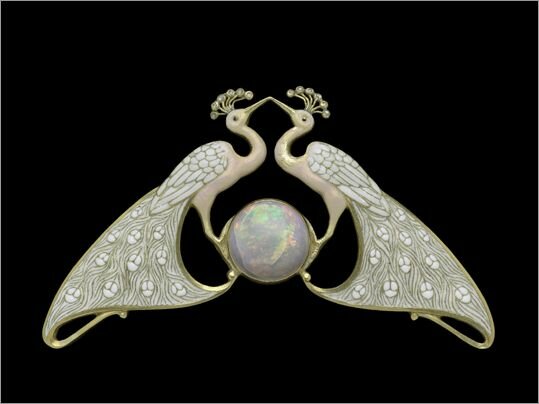
Rene Lalique, Parisian jeweler, created wonderfully intricate enamel and gold jewelry that proved to be the perfect materials for whimsical peacock creations such as pendants, rings and brooches. Bright and bright enamels and a gold setting reflected the sparkling and contrasting mixture of the peacock itself, and jewelers' favorite stones of that era - opals complemented the jewelry.
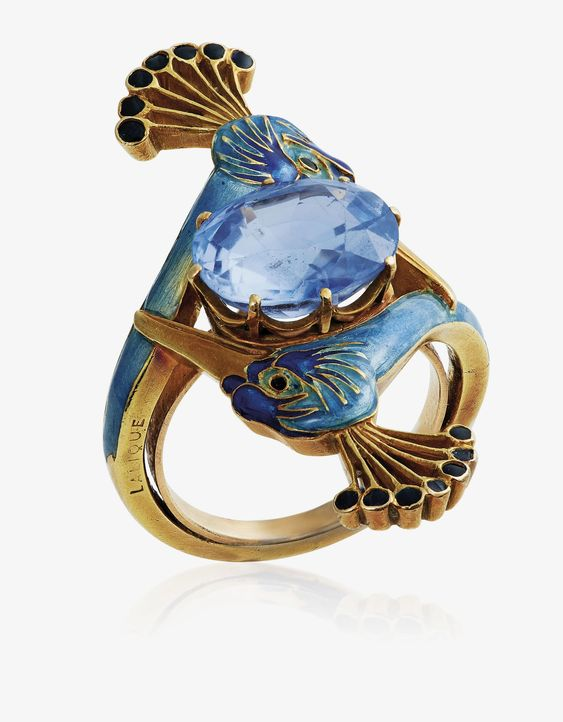
Across the Atlantic, in New York, Louis Comfort Tiffany captures a peacock in its colorful stained glass windows.

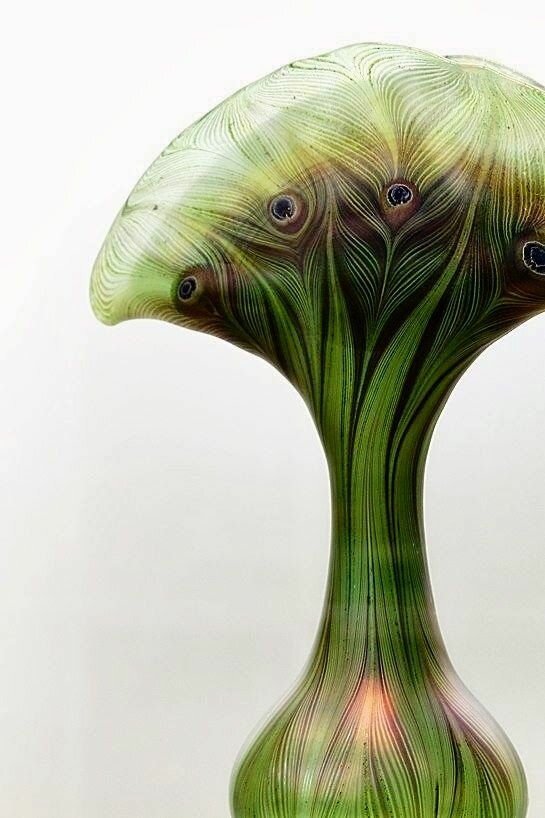
The peacock continued to serve Art Nouveau in all its design guises, appearing in construction - metalwork, railings and gates - as well as many other design elements throughout Europe.
Georges Fouquet embodied peacocks in his unusual works:
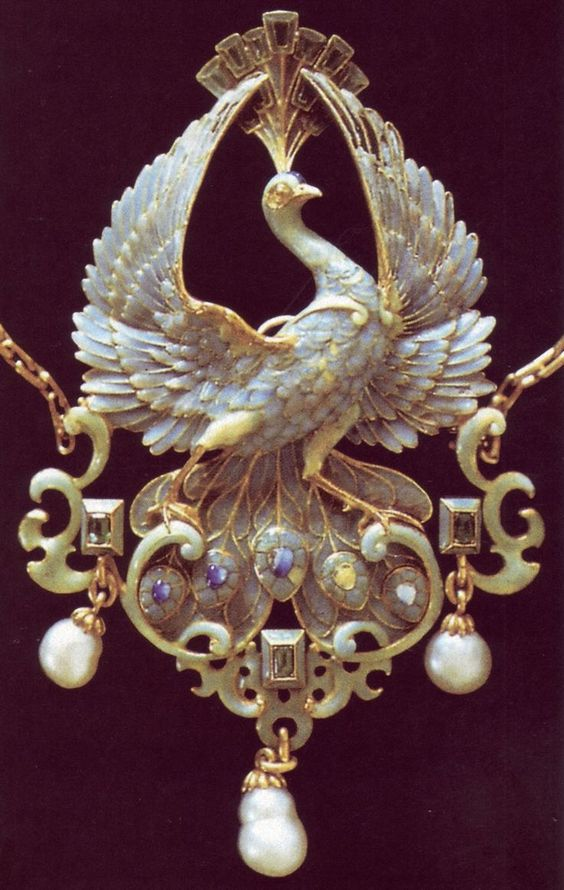
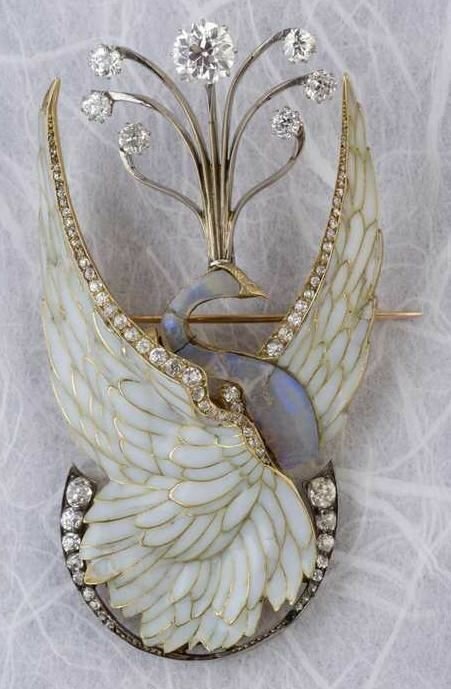
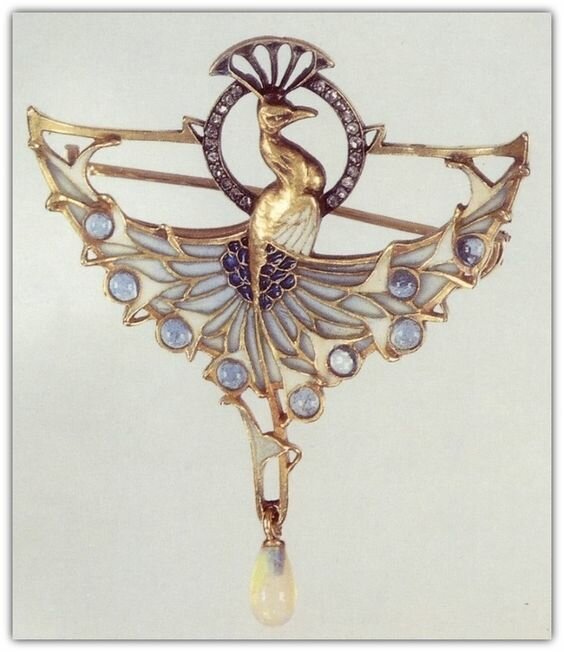
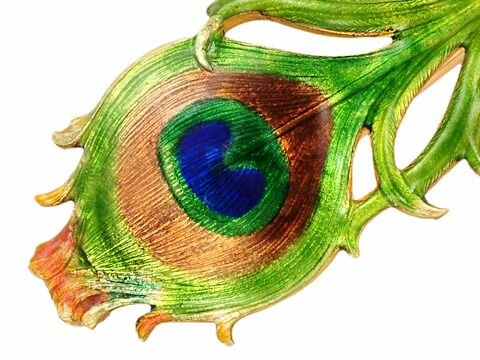
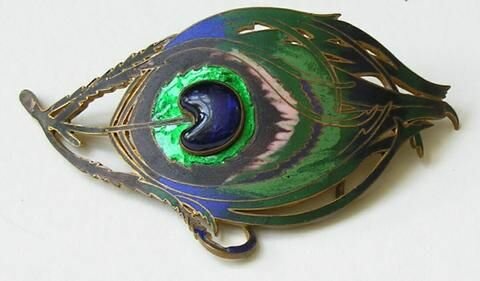
First appearing in India, peacocks can trace their history back to biblical times. They are mentioned in The Bible as part of the treasure delivered to the court of King Solomon. They are also associated with Alexander the Great. In his 1812 book "History of Animals author Noah Webster writes:
“Even in the time of Solomon, these elegant chickens were brought to Palestine. When Alexander was in India, he found them in great numbers on the banks of the Hiarotis River and was so struck by their beauty that he forbade anyone to kill or disturb them.
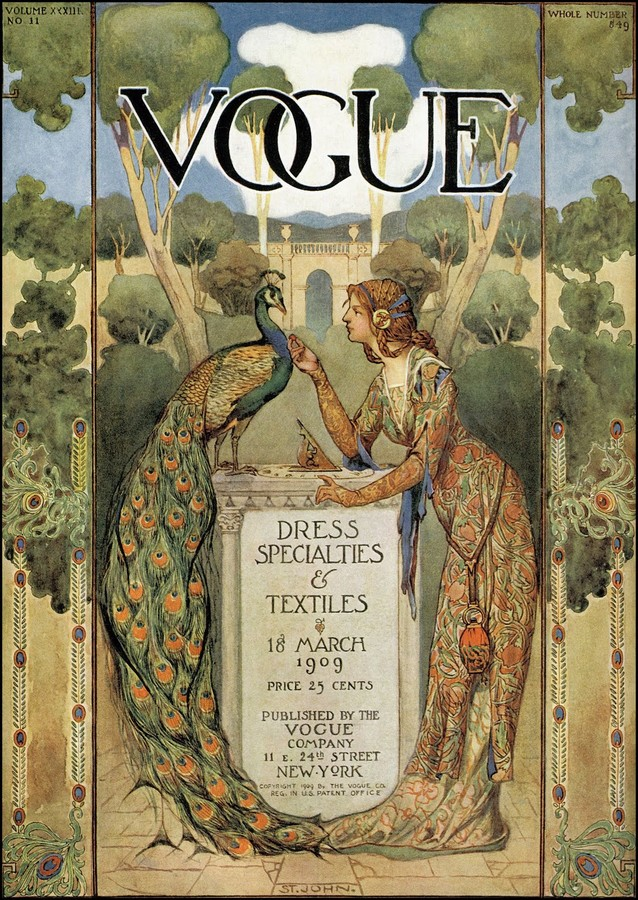
Pictures of the Annunciation included a peacock to signify the eventual resurrection of Christ from the dead. In the scenes of the Nativity of Christ, peacocks were painted next to the figure of the baby, symbolizing the Resurrection.
Because of their ability to destroy snakes, peacocks were also depicted on the sides of the Tree of Knowledge.
Gallery with peacocks embodied in glass by Rene Lalique:
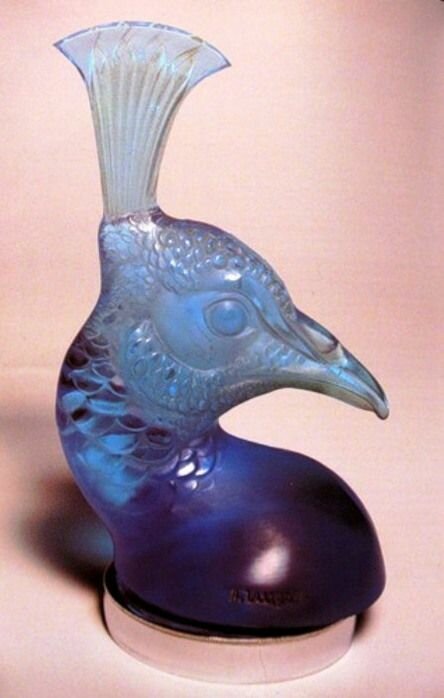

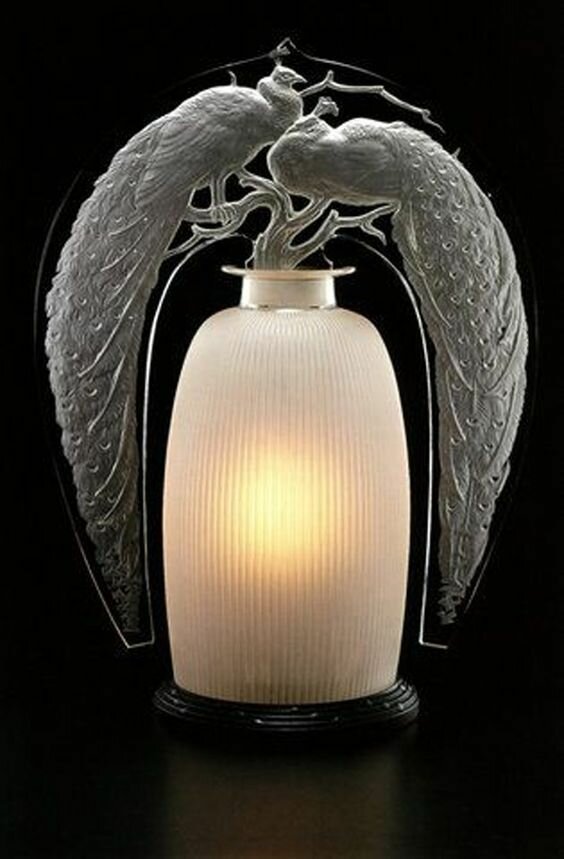
An ingenious work by René Lalique, his favorite subject is delightful peacocks!
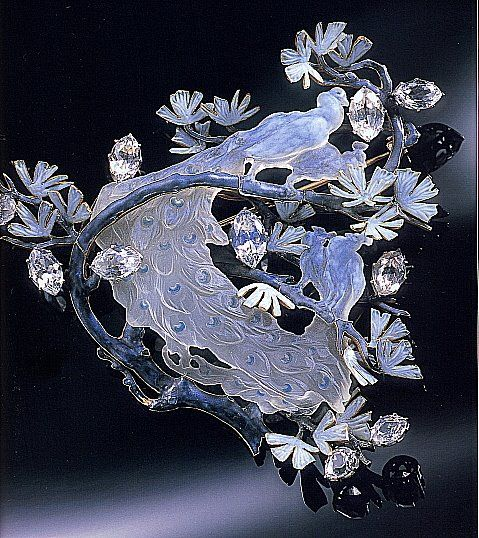
Some facts about peacocks
- Only the male has an impressive courtship tail, gaining its beauty by the age of 3.
- Don't be discouraged if you see peacock feathers for sale, they are not plucked from birds - peacocks shed their feathers every year.
- The regrowth of feathers was seen as a divine sign of renewal and rebirth - they are considered the origin of the legend of the phoenix - the ultimate story of rebirth!
- They are the official bird of India.
- They are very territorial and are still used as guards on some farms and estates.
- They actually eat snakes without any side effects!
Art Nouveau Jewelry:



There are many stories about peacock tail feathers and their resemblance to eyes:
- In mythology, the Greek goddess Hera knew that her husband, Zeus, was a ladies' man, she sent her hundred-eyed giant Argus to make sure that Zeus was not courting another favorite again. Zeus put Argus to sleep and cut off his head. Hera took his eyes and placed them on the peacock's tail.
- Early Christianity believed that the "eyes" were a reminder that God was watching over us. They were considered so sacred that only priests and saints were allowed to touch the birds.
- In Hinduism, Lord Krishna wears feathers in his hair as a gift of wisdom given to him by the peacocks themselves.
- Depending on cultural points of view, it was considered either very lucky or very unlucky to have a peacock feather in the house. In most beliefs, peacocks and their feathers are still a symbol and attraction of wealth and love.
Items with the image of a peacock casket, watch:

